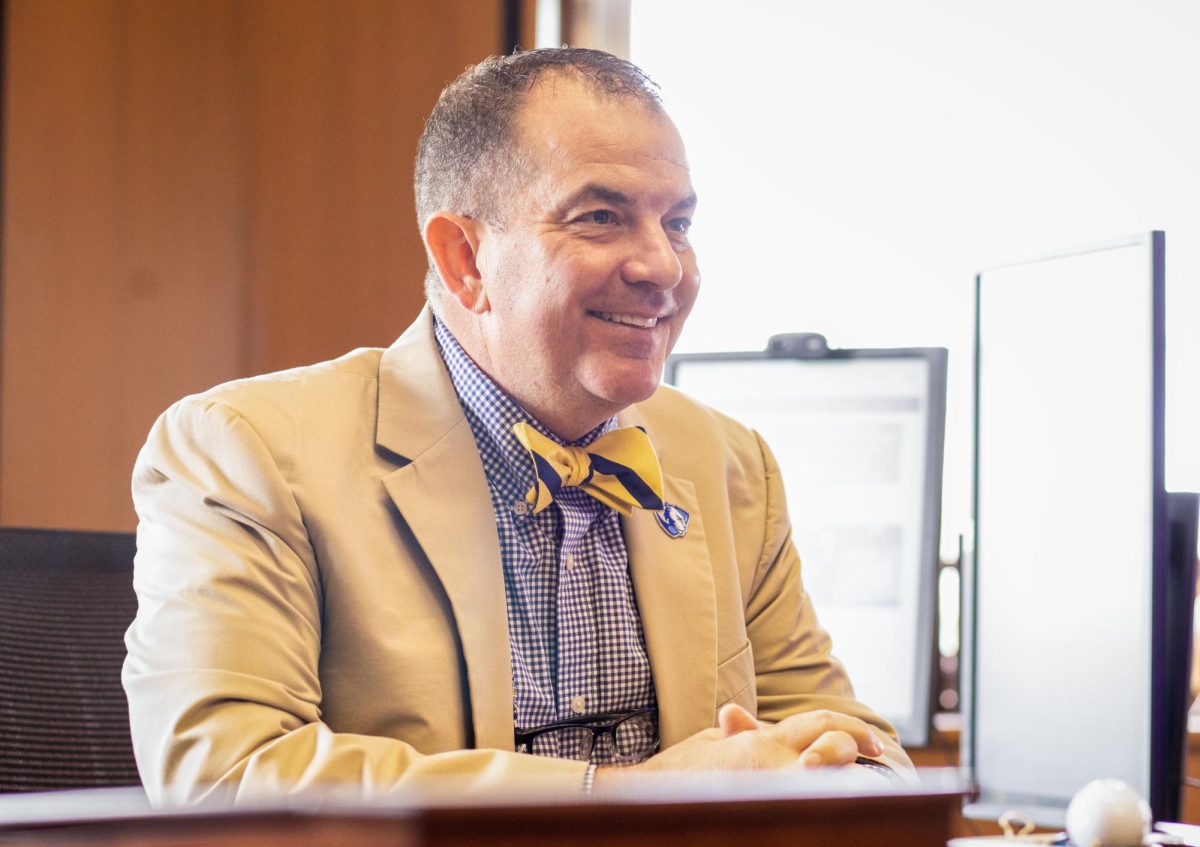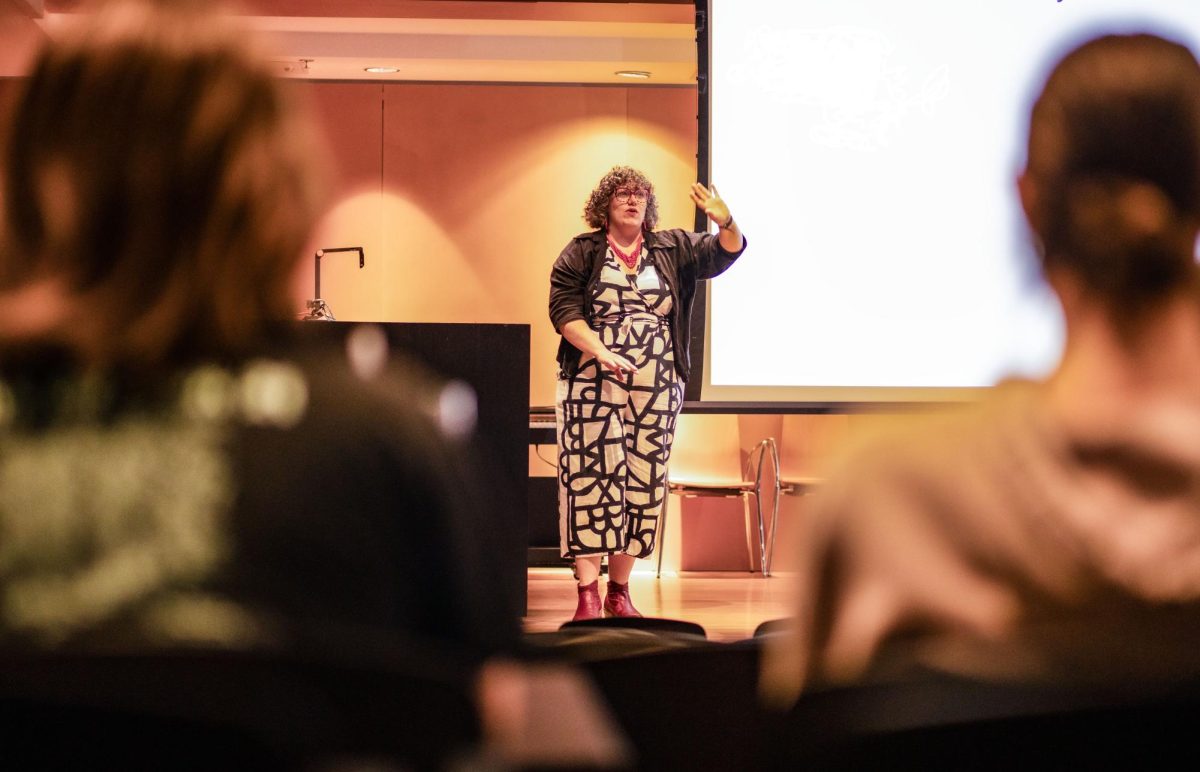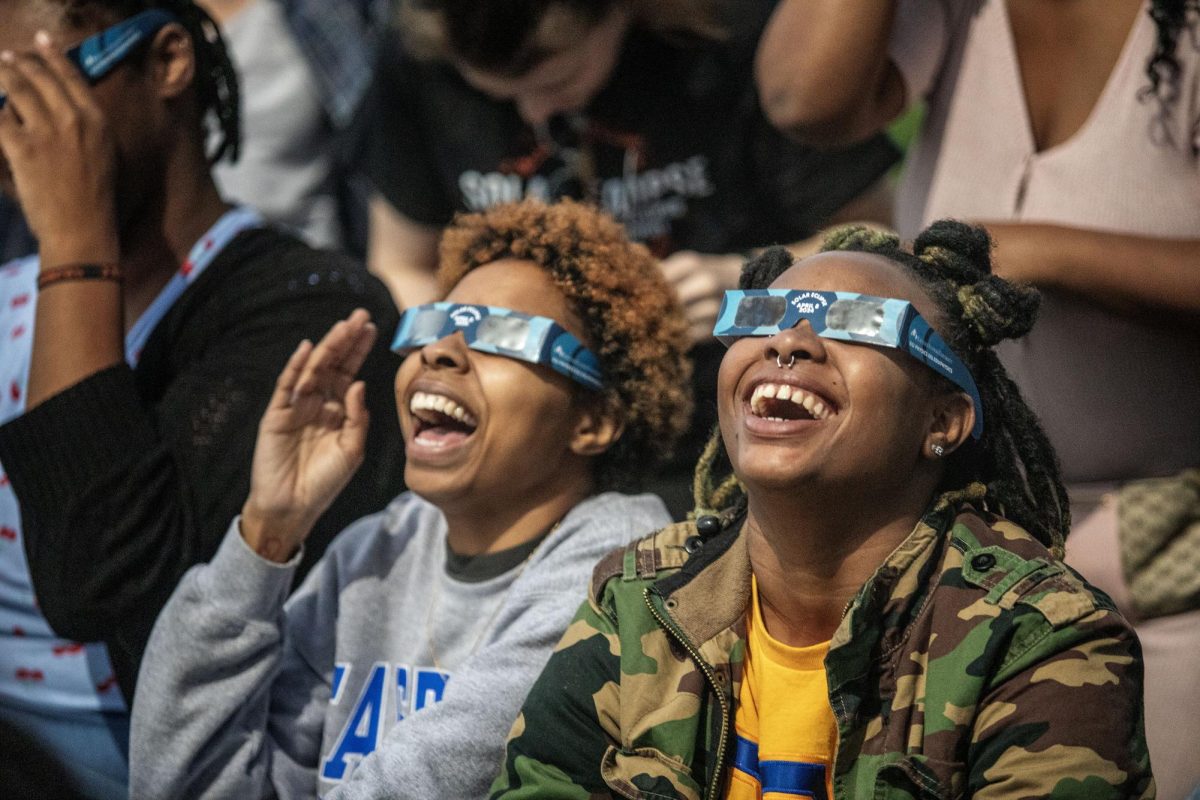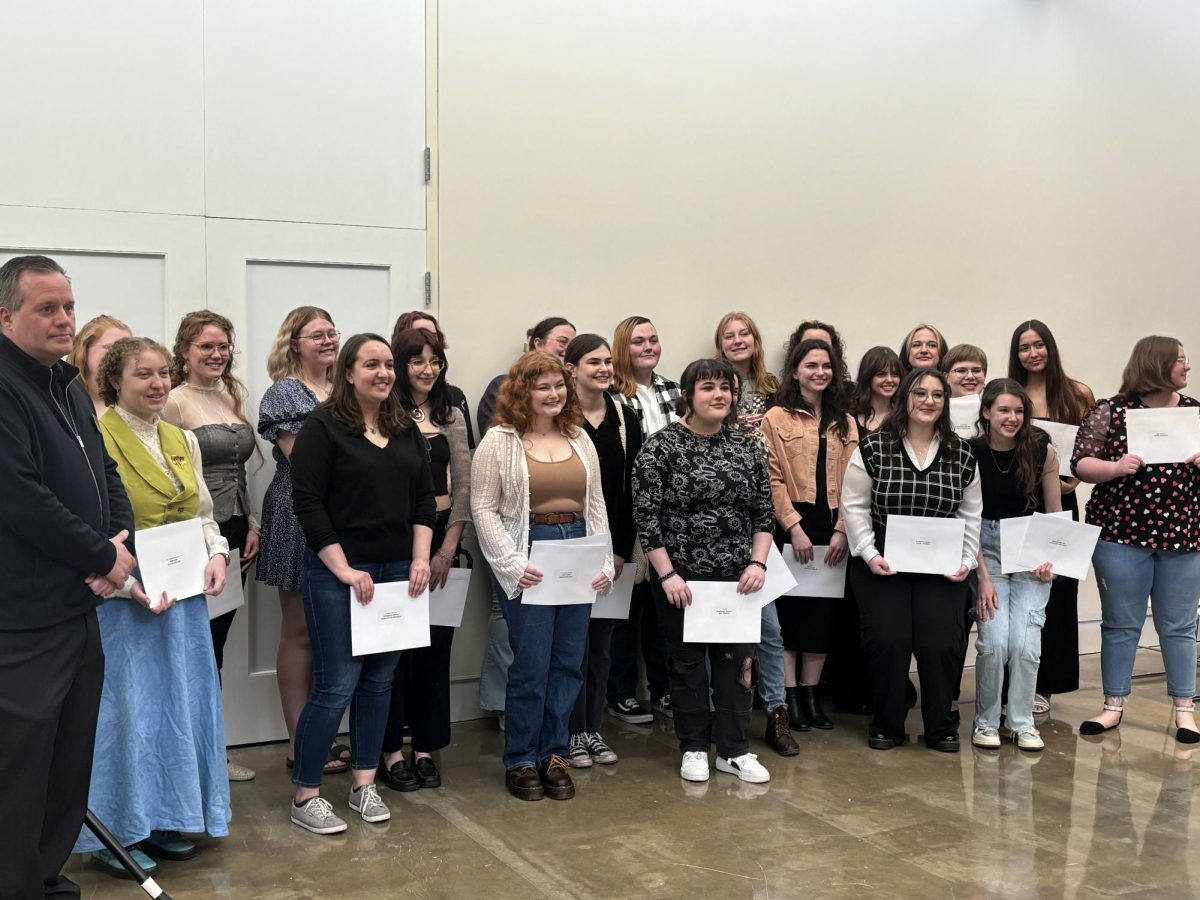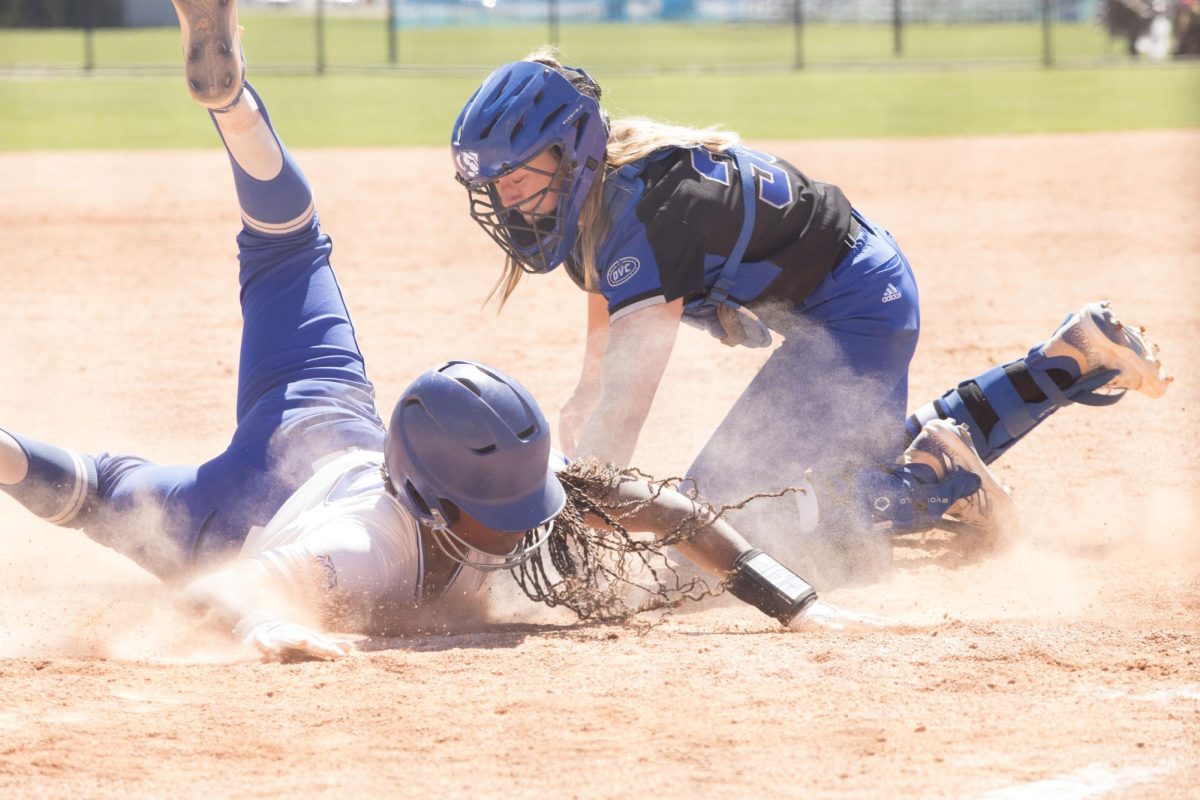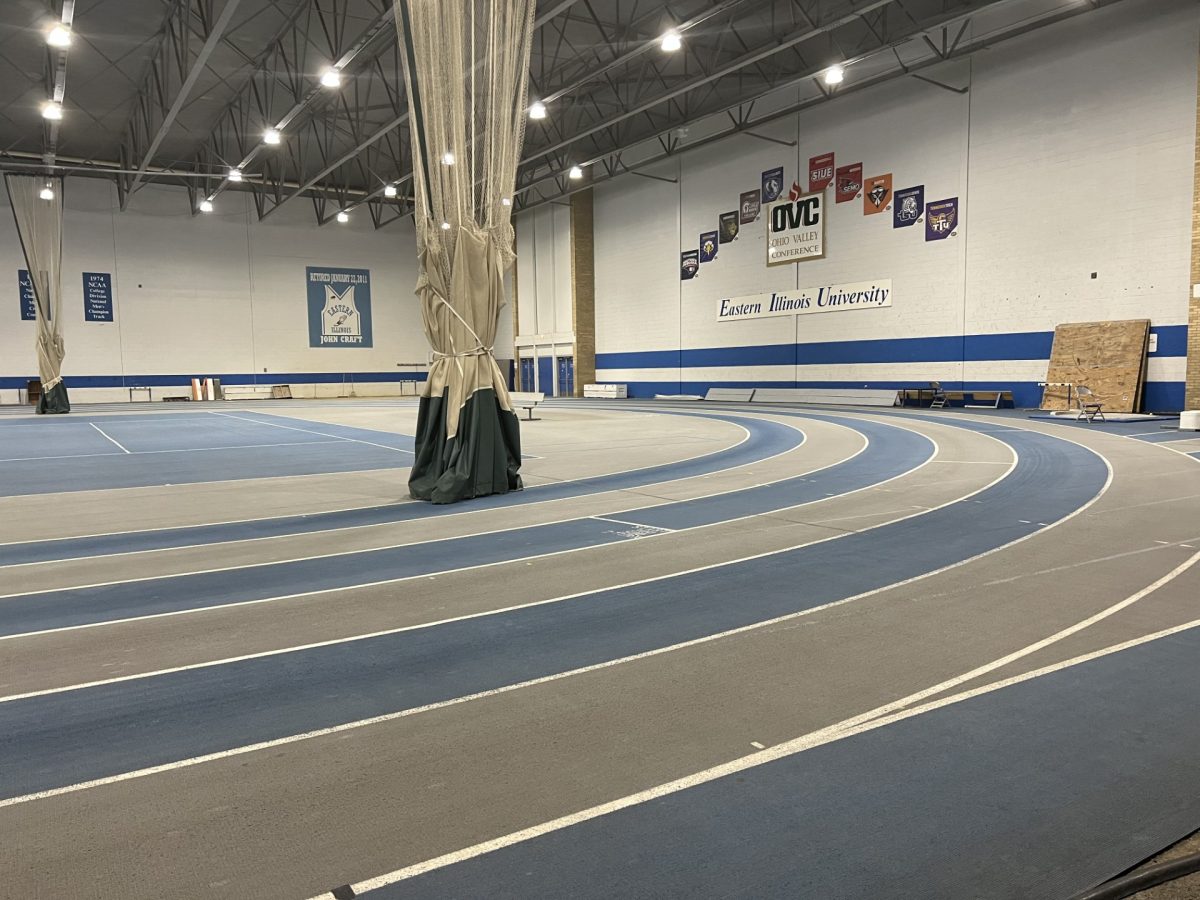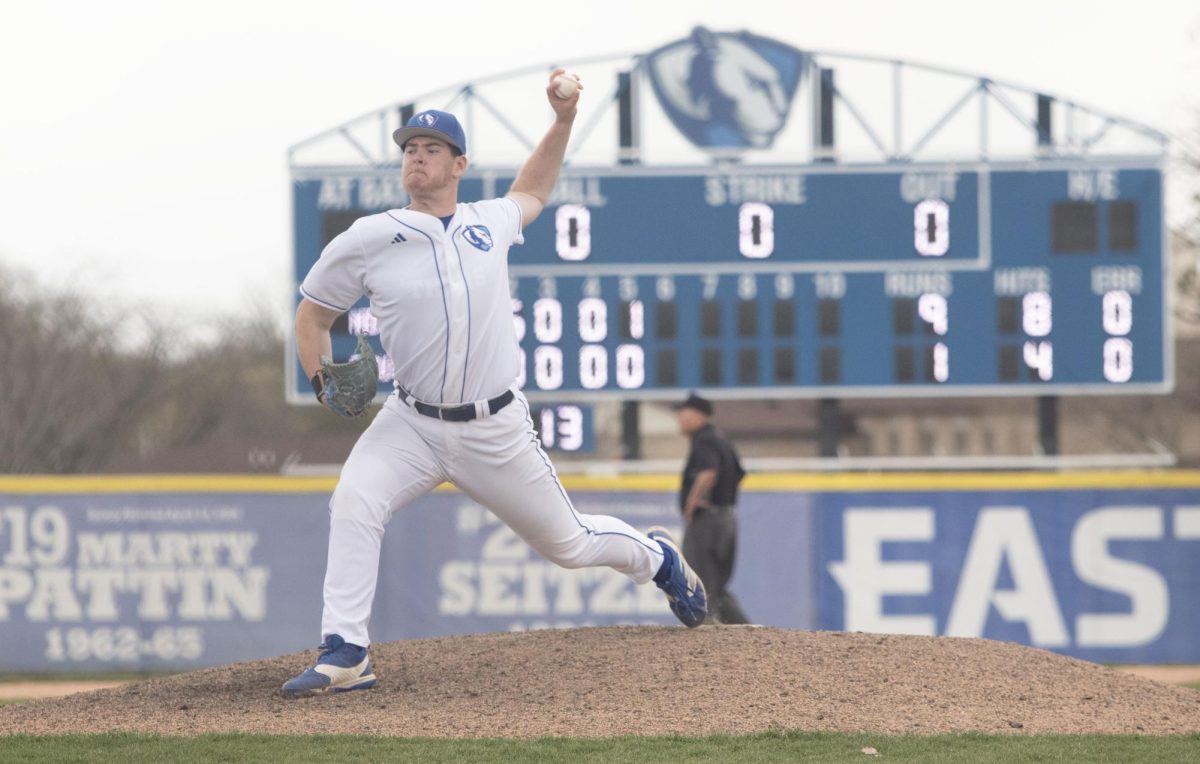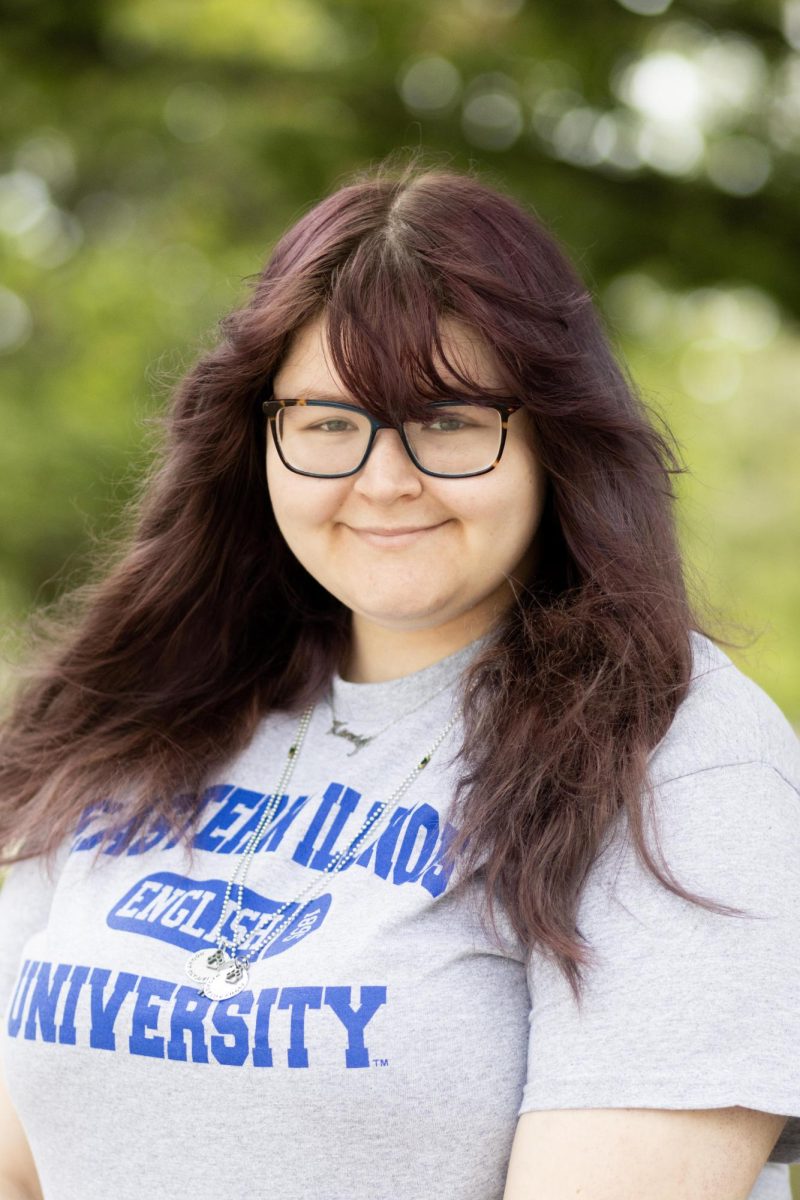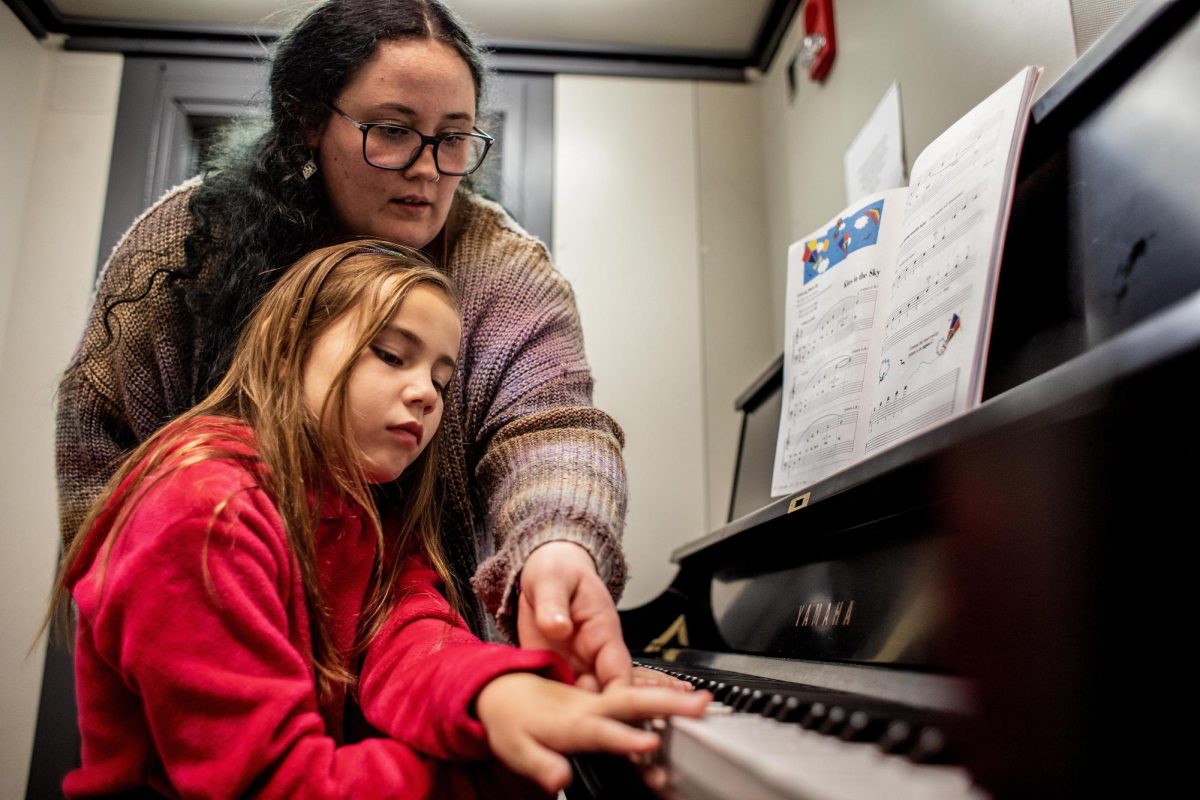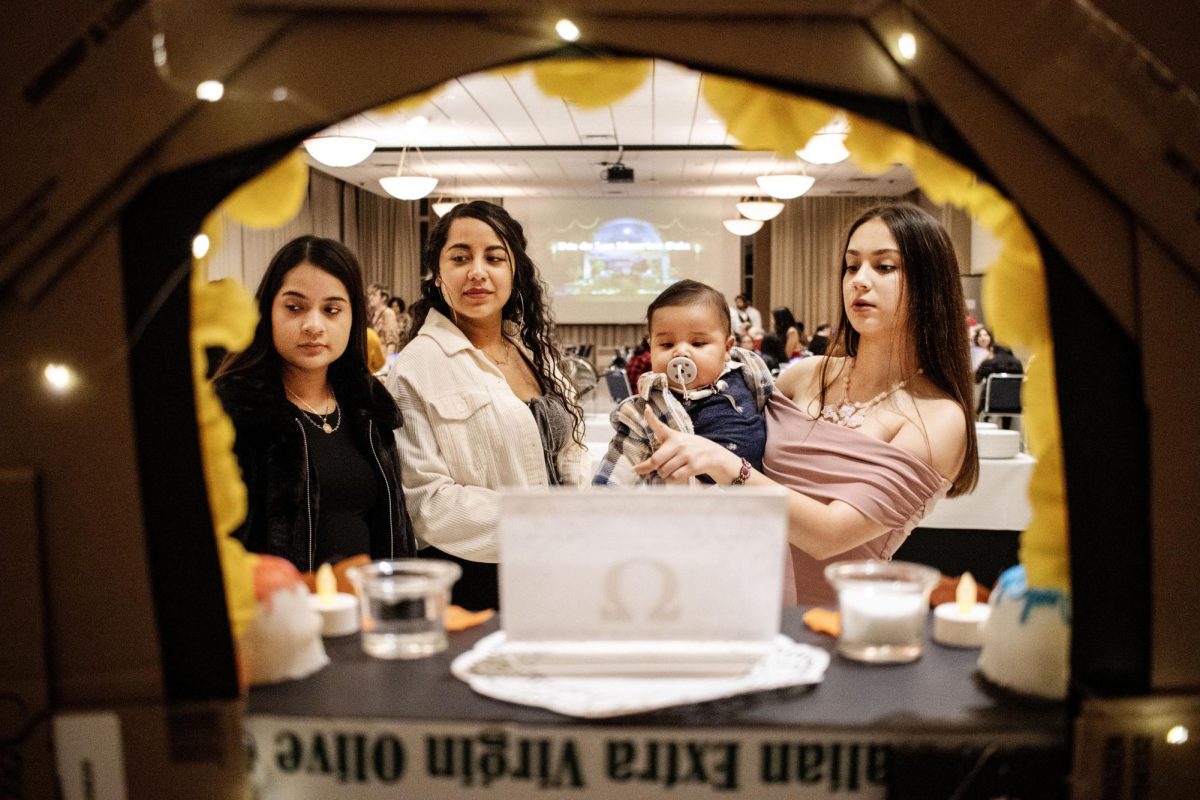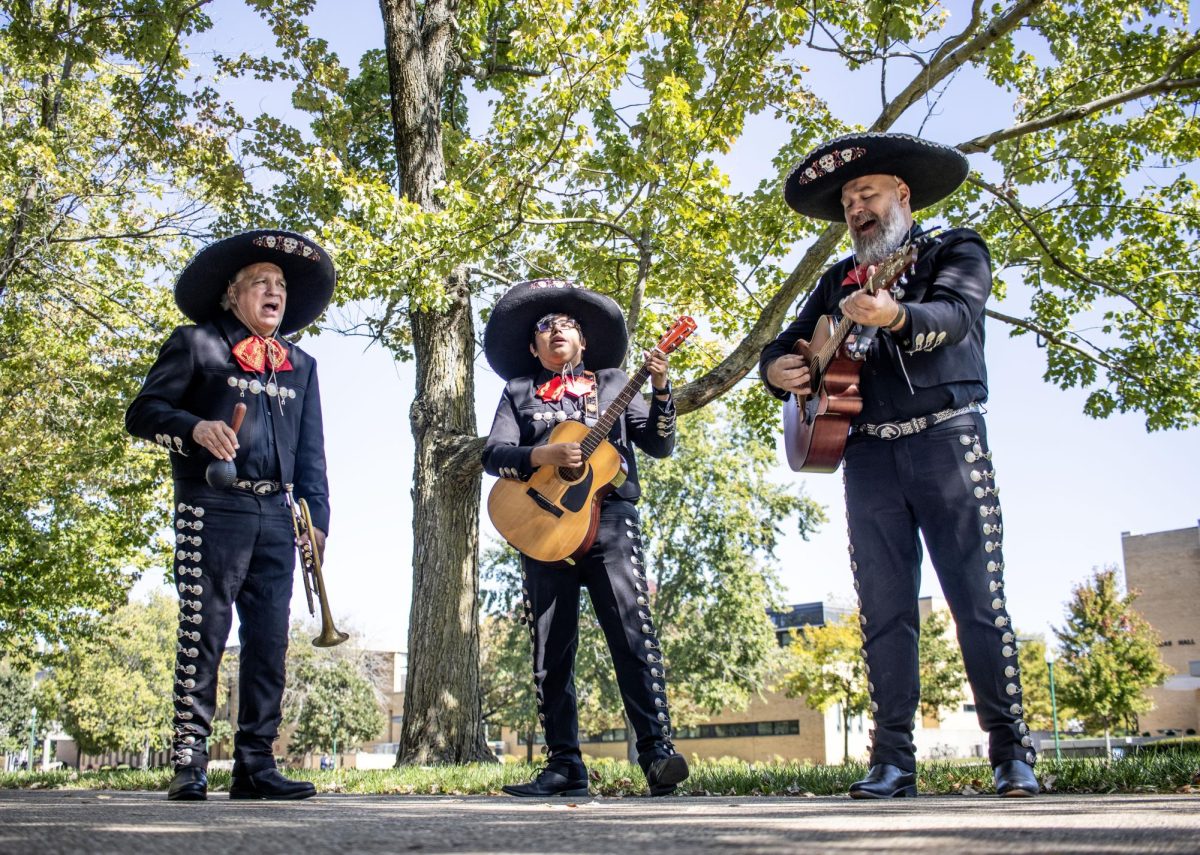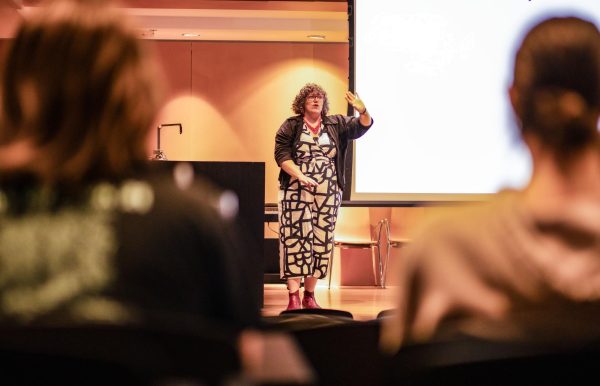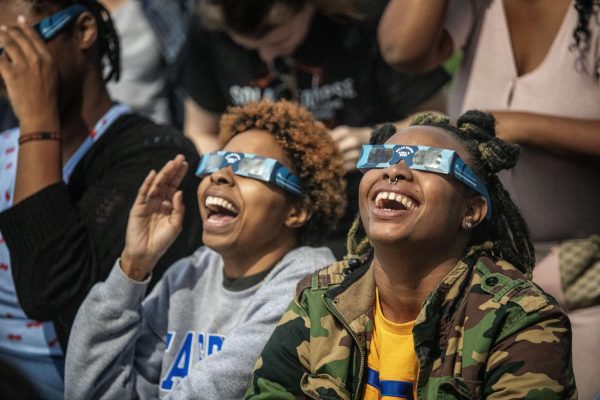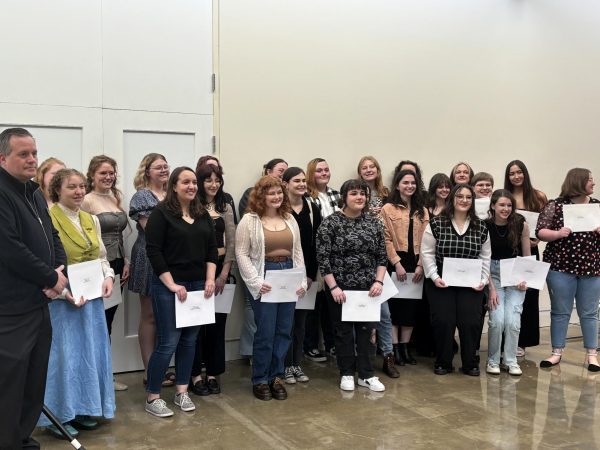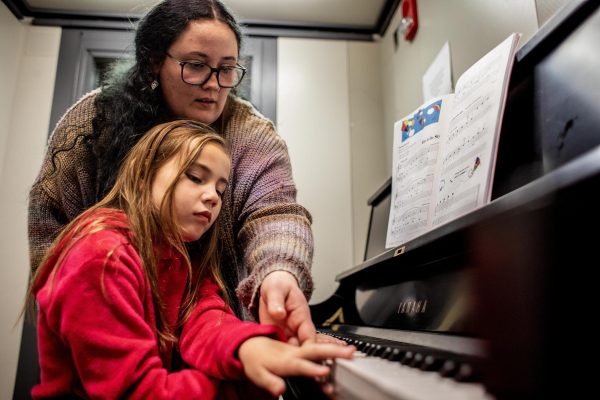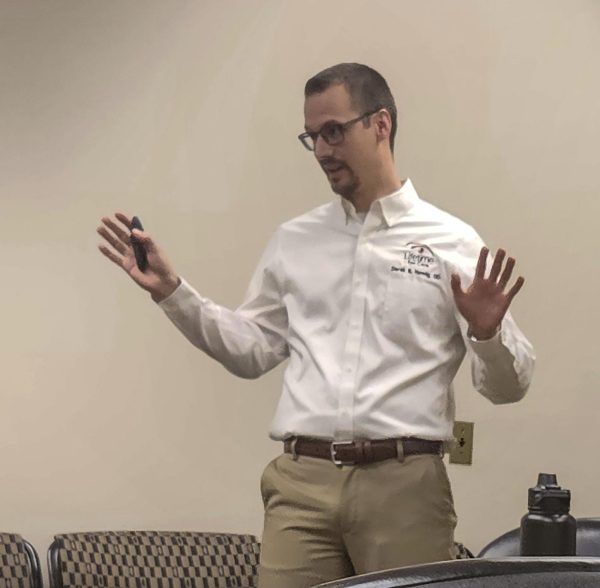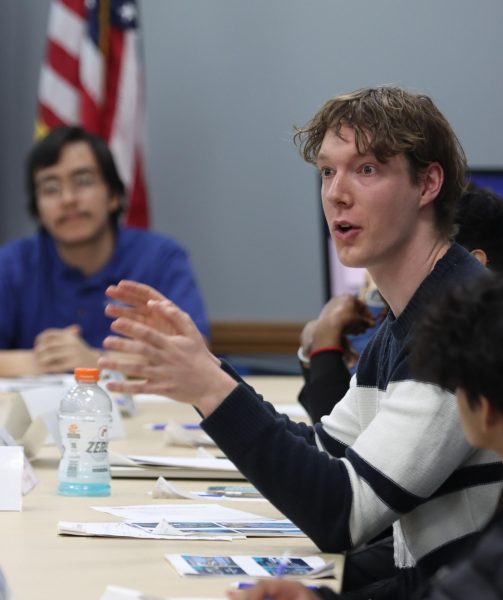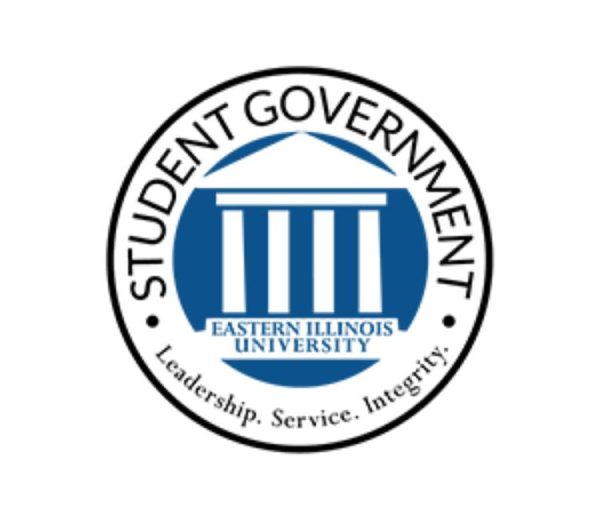Athletics master plan raises concern
The “Blueprint for Success Campaign” has had various reactions from members of the Eastern community since its incorporation to the university master plan late last year.
The blueprint is a master plan for the athletics department that includes revamping several of the existing facilities, athletic director Barbara Burke explained.
“The senior staff and I met and took a little retreat to discuss the direction we wanted the program to go,” Burke said. “We created a master plan with several elements in it. One of it was facility upgrades and renovations – those types of things.”
One of the biggest undertakings for the “Blueprint for Success” that is drawing criticism is a new football arena that sits 15,000 people. Although no exact figure has been proposed for this undertaking, Mathematics Professor Charles Delman said he believes a project of this magnitude is not appropriate for the university.
“When we have so many important needs in our community . and many educational needs at the university, to dedicate those types of resources to a stadium . is just obscene,” he said.
Board chairman Leo Welch said he believes the priority should be education in an era where available funds for education are restrained from the state.
“I would hope to see (the new football stadium) eliminated,” Welch said. “I see no reason the university needs two individual stadiums – one for football and one for track and field. The current location is satisfactory from my perspective.”
Facilities upgrades are a key concern of the blueprint, Burke said. She continued although the current facilities are not inadequate, there are some issues involved with space.
“Our current facilities are older and they are multi-use facilities,” she said. “We tend to share our spaces with a lot of different groups.”
Due to donor funds from two families, the athletic department recently renovated the Lantz Lobby, costing approximately $100,000. Burke said as prospective donors continue to step forward; they will be able to move forward to other aspects of the blueprint.
President Bill Perry explains the master plan is exactly that – a plan to carry the university through the next 10 years.
The projects that actually get shovels in the ground will be funded by private donations to the athletic department, not general revenue funding from the state. Perry believes the proposed football arena is appropriate for where he sees Eastern in the future.
“It’s not going to happen all at once, it would be sequential and depend on a lot of things, but mostly donor support generated by enthusiasm. It’s something we need to work towards in the next several years.”
Burke agreed with Perry.
“Is 15,000 seats too many? I don’t think so,” she said. “I think if we can grow our program and continue to build on our past successes, we have an opportunity to accomplish something special. Is it a stretch financially? Absolutely, but I also think it’s a goal that I think we need to work towards achieving.”
There is also a concern for the location of the football field.
As it currently stands, the proposed football stadium would displace one of the existing campus ponds. This raises concerns as the ponds are used to drain the area for water runoff and pump water back out and to irrigate the fields in a closed loop system.
Delman, who passes the pond during his daily runs, is concerned with the wildlife that lives near the wetland area.
“The campus pond sustains a diverse community of wild life,” Delman said. “From an ecological standpoint, it’s very important. As a community member who regularly uses the area . I believe turning the area into a stadium is wrong.”
However, Clif Carey from Ratio Architects, the consulting firm for the plan, said new ponds would be dug farther to the south.
“Before that were to happen, new ponds would be created,” Carey said. “The plan recognizes the pond as an amenity. We wanted to make sure that we understood that and appreciated that.”
Burke said the concern for green space is the exact reason she and the athletic department consulted with Ratio Architects.
“Anytime you build a new facility or have a renovation, change is going to occur. When you make those decisions, you make sure you consider the environment so things remain environmentally sound.”
One of the stipulations of the board’s approval of the plan was that the location of the football stadium could be revisited.
“I think there needs to be more discussion about the placement and that’s what they wanted to leave the door open for,” Burke said.
Shelley Holmgren can be reached at 581-7942 or [email protected].


